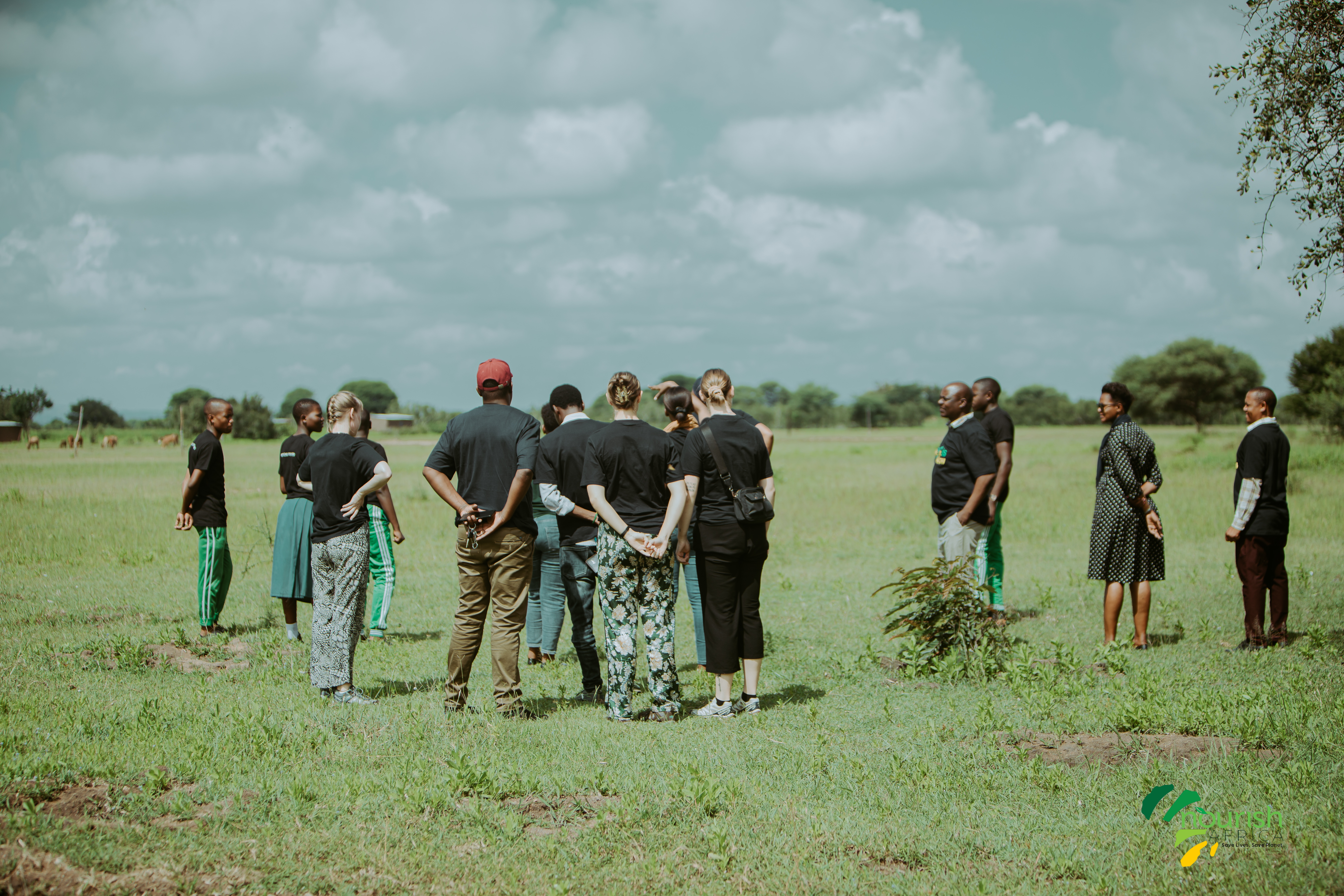The TREEO technology allows project implementers to monitor their tree-planting efforts in a matter of seconds via the TREEO App and manage their data in the TREEO Cloud. Single-tree monitoring is actually very simple: walk around the forest and take a picture of their trees in the forest. TREEO technology will take care of the rest. Although it sounds too simple, it brings many advantages compared to standard methods available.
Single tree monitoring entails the data capture (GPS coordinates, diameter, species name, sequestered CO2 and so much more) of your trees on the plot using the TREEO App and in only a matter of seconds. Our technology provides the highest level of accuracy in CO2 calculation with a scientific basis that uses species- and climate-zone-specific allometric formulas, image processing, and machine learning. It is also the first Digital Monitoring, Reporting and Verification (dMRV) tool endorsed under the Global Tree C-Sink standard from Carbon Standards International, qualifying it for global use in tree-planting projects.
When originating the idea of offering our technology as a SaaS solution, we thought it would only help companies/NGOs that are operating in the Voluntary Carbon Market, because of the precise carbon calculation we offer. But within a short time, we realized that our product adds value for more target groups, even if they are not operating in the VCM and just want to track the number of trees they have planted, how many survive, and other monitoring needs.
While enhancing our single-tree monitoring activities and technology, we had a few challenges to master, for example so the wifi connection can be off in the planting regions. That’s why our technology can be used as a 100% offline-first tool for monitoring the trees.
Weather patterns have a strong impact on tree monitoring, since most of the projects are affected by rainy seasons. This needs to be considered and can impact the speed of delivery and progress per day.
We needed a data validation add-on, due to the misuse (e.g. photographing other objects) of the App. Therefore, we have implemented automatic tracking, which later our forestry team manually double-checks the anomalies detected by the automatic one.
